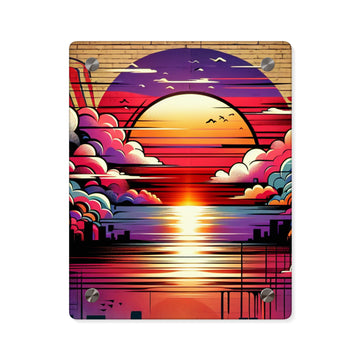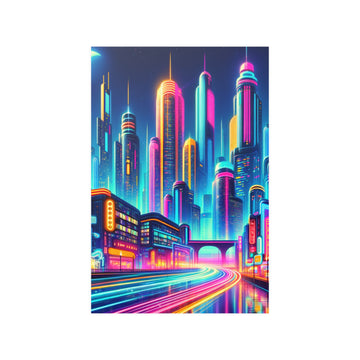Concrete Canvases: Street Art Stories
Concrete Canvases: Street Art Stories
Blog Article
Metropolis Murals: Street Art Transformed
In the commotion of area avenues towards the quiet edges of suburban laneways, neighborhood artwork has blossomed into a social trend that is certainly as different because the surface areas it adorns. Faraway from the confines of conventional exhibits along with the exclusivity of substantial-conclusion artwork institutions, road art work opens a dialogue between customs as well as the open public. Within this comprehensive consider the activity, we'll explore the rich background and contemporary value of Street Art Canvas and the affect they have on our city countryside.

The Origins of the Urban Innovation
To genuinely recognize the significance of road art, we need to revisit the sociopolitical weather that birthed the activity. At first a kind of below ground protest along with a document of social satisfaction within the circumstance of your marginalized immigrant and youth tradition, neighborhood art work was a way to reclaim open public places and challenge the position quo.
Among road art's most powerful pioneers, the enigmatic Banksy, exemplifies this ethos. His work often brings poignant interpersonal messages, mixing dim comedy with incisive governmental commentary. Banksy's anonymous persona also highlights the idea that neighborhood art work is, at its core, a medium to the voiceless being heard.
Juxtaposed together with the transgressive the outdoors of earlier street art, the movements has evolved to become a genuine form of modern-day artwork. Right now, towns like Berlin, Ny, and Melbourne take pride in their road art work, realizing it as a vital part of their societal personal identity.
Once the Roads Articulate
What sets road artwork besides other imaginative expressions is its interaction with all the surroundings. Each and every mural, label, or paste-up is a dialogue using the cityscape, a evidence of the artist's ability to answer and improve the urban environment. Over and above simple looks, street artwork creates a sense of position, catching the flow and pulse of city life.
Street craft is also inherently ephemeral. The impermanence of the canvases, as a result of weather conditions or the city's cleanliness procedures, imbues these artworks by using a poignant temporality, urging the public to appreciate them while they very last.
Moving Legal and Honest Grey Areas
Despite neighborhood art's growing acceptance, it continues to be a exercise fraught with legitimate and honest intricacies. The act of placing art without consent increases questions about community possession of room along with the position of your artist locally. What constitutes vandalism and what exactly is considered a open public service is often up for debate.
Numerous municipalities have created insurance policies to aid street art work, providing authorized avenues for performers to beautify the city. Applications like São Paulo's Galeria de Arte Urbana and New York's % for Art work Software demonstrate a shift in attitude, acknowledging streets art's participation to city looks and social discourse.
Street Art within the Electronic digital Era
The growth of social media marketing and electronic digital technologies have propelled neighborhood art to new heights of exposure. Systems like Instagram let artists to discuss their operate instantaneously, getting to a worldwide viewers. Hashtags and geotags have changed once-secret gems into places of interest, redefining the partnership between art, people, along with the electronic kingdom.
Nonetheless, this newfound notoriety has resulted in worries about validity and also the commercialization of road craft. With popular companies and advertising and marketing companies appropriating the design, some reason that the activity is shedding its countercultural edge.

The Legacy of Mist-Colored Desires
At its primary, neighborhood craft remains to be a democratic and accessible form of concept. It talks to the assortment and vibrancy in our urban areas, in the role of both a vanity mirror to society and a catalyst for transform. Whether it's a strong mural advocating for interpersonal justice or a whimsical item that brings a smile to your passerby, neighborhood artwork is constantly enhance our metropolitan areas and problem our perceptions of craft.
The future of road artwork is based on how we, as a modern society, decide to support and engage with it. By accommodating the voices of designers within our urban organizing, we could foster conditions where street artwork grows. It's not simply in regards to what we notice about the walls it's regarding the accounts and conversations that these active, expressive canvases stimulate. Report this page